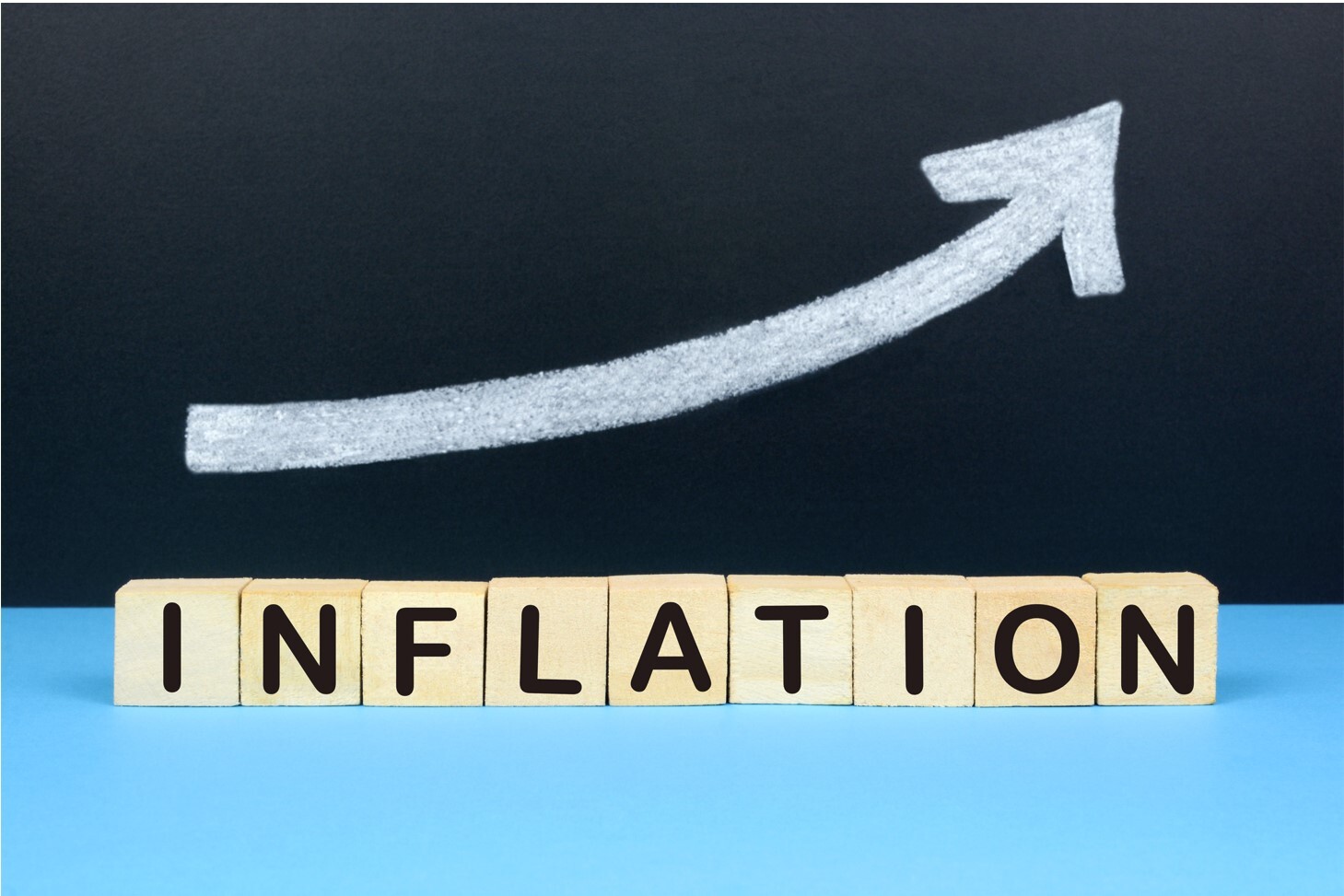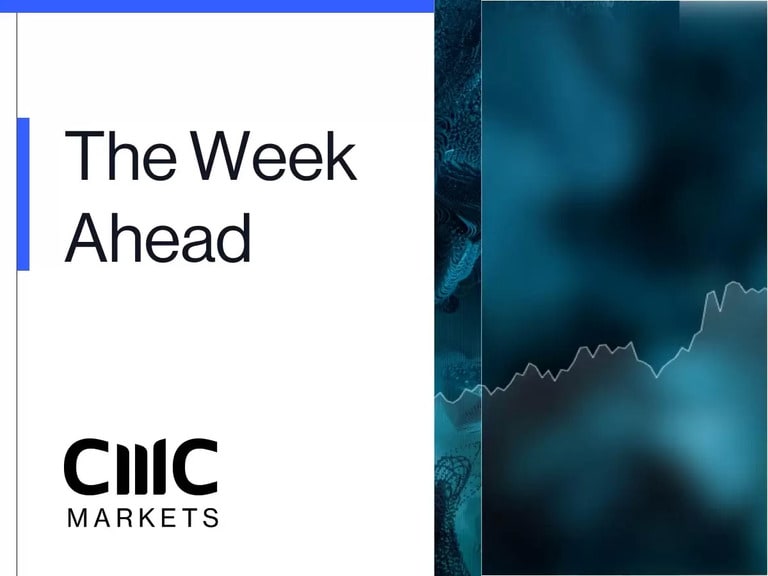While we’ve probably seen peak inflation there is a risk that markets are being too optimistic about falling inflation.
As things stand we’re already seeing the fall in US inflation sparking the idea of disinflation by the end of this year, with markets already pricing in the prospect of rate cuts by year end.
This could still happen but it is fraught with risks as central banks come to the end of their rate hiking cycle and what comes next, rate cuts or higher for longer?
For most of the last three years central bankers have been at pains to insist that rising inflation was going to be transitory, even in the face of increasingly strident warnings that it wouldn’t be.
The low interest rate environment, along with the various fiscal stimulus programs implemented by governments, along with the supply chain disruptions wrought by the Covid pandemic had already pushed headline CPI in the UK to 6.2%, in February 2022.
This was already over 3 times higher than the Bank of England’s inflation target, even before the Russian invasion of Ukraine. Headline CPI in the US was even higher at 7.9%, however the peak in the US has been much lower, at 9.1% in June last year.
The lower peak in the US was probably in no small part to the rise in the US dollar, which rose to its highest level in 22 years, as well as the sharp tightening of policy by the Federal Reserve which has seen the Fed Funds rate rise to 4.25% to 4.5%.
Now that the market is starting price in rate cuts for later this year, the US dollar has started to slide back and is down over 10% from its October peaks, however there is a risk we could see some of this inflation slowdown start to pause, particularly given that services inflation comes with a lag.
In a sense there is a risk that this current inflation slowdown could be transitory itself, with headline inflation stabilising at current levels, thus necessitating rates being higher for longer.
If we look elsewhere we can see that inflation is not only higher, but it’s also stickier, in the UK it’s still in double digits, while in the EU its only just fallen below 10%.
In Japan prices have just risen to their highest levels since 1981, while this morning in Australia, headline CPI jumped up to its highest quarterly level since 1989. These sorts of inflation levels, the recent US weakness notwithstanding, don’t point to an imminent sharp weakening of price pressures.
It is true we’ve seen weakness in energy prices and that is welcome, however we’re unlikely to return to the levels of natural gas prices that we saw pre-pandemic, which means company profit margins are unlikely to return to the levels we saw in 2019.
Also on the plus side we’re seeing sharp declines in shipping costs, with the Drewry Composite World Freight index down 80% from its peaks in 2021, however these are still well above the levels we saw during 2019, so again while costs are lower from their peaks, they are still higher than pre-pandemic.
While energy prices have fallen sharply from their peaks the price of most agricultural commodities are still above the levels we saw in 2019, and could settle at a much higher level given the challenges around climate, as well as the availability of agricultural land. Examples of this include corn prices which are still more than double the levels we saw in 2020, and rice prices which are close to the record highs we briefly saw in 2020.
Something else to consider is the effect that China reopening its economy will have on commodity demand, whether it be on energy prices or agricultural commodities. Factor in the renewables transition premium and demand for the likes of base metals like copper, platinum and palladium as well as other rare earths, and it’s hard to see a scenario which might see a rapid return to the central bank inflation target of 2%, if as expected wages rise to compensate for the squeeze on incomes since 2019.
This suggests markets may have to get used to the idea of headline interest rates staying at current levels for much longer than is currently being priced as we look beyond the first half of this year.
As with anything in these unpredictable times trying to forecast the outlook for inflation and inflation expectations is fraught with uncertainty, with upside and downside risk in equal measure, however given the current environment, and the determination of governments to pursue a policy that prioritises the transition to renewables, it’s hard to envisage a scenario which will see commodity prices come down quickly.
That could present problems for US stock markets in the coming months, and could limit the upside in the short to medium term.
Disclaimer: CMC Markets is an execution-only service provider. The material (whether or not it states any opinions) is for general information purposes only, and does not take into account your personal circumstances or objectives. Nothing in this material is (or should be considered to be) financial, investment or other advice on which reliance should be placed. No opinion given in the material constitutes a recommendation by CMC Markets or the author that any particular investment, security, transaction or investment strategy is suitable for any specific person. The material has not been prepared in accordance with legal requirements designed to promote the independence of investment research. Although we are not specifically prevented from dealing before providing this material, we do not seek to take advantage of the material prior to its dissemination.






